Table of Contents
Creating a kitchen that grows with its owners is one of the most difficult interior design challenges in existence. As families change, so do their needs, and there's nothing worse than spending a ton of money on a home that utterly fails to keep up.
Even though these ideas may seem fairly obvious, many families and homeowners make the mistake of overlooking one of the central aspects of kitchen design: the sink. As a result, they end up stuck with spaces that don't really work the way they should. For those who view their kitchens as the centers of the households, this can be a perpetual source of frustration.
If every home is unique, then how can anyone possibly hope to make the right choice for their needs? Have no fear, because all it really takes is a bit of careful planning and design inspiration. Take these tips to heart to ensure that your kitchen sink will indeed be worthy of your busy lifestyle.
[get_quote]
Basic Sink Anatomy
Sinks may not be the most complicated fixtures in a home, but that doesn't mean they're simple. A lot of thought and engineering work goes into their design, and making the right selection is all about getting to know where the distinctions lie. Learning your way around the different parts is a big first step.
Basin
A sink's basin is the principal section where all of the action takes place. They can be made from a variety of materials, and as most people know, they make it possible to wash up without getting water everywhere.
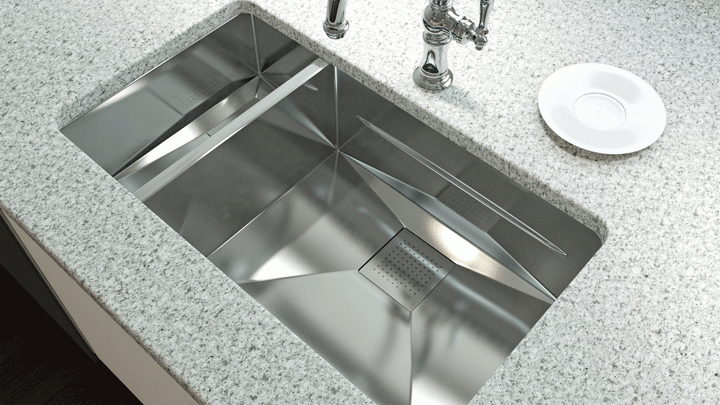
As the main body of a sink, a basin also acts as a support structure for other essential components. It's wise to choose a product with a strong basin that doesn’t flex or bend too much. For instance, even though stainless-steel sink designs are generally pretty solid, those made from thinner, low-grade stainless steel may be prone to shifting and moving around when they're loaded down with dishes or full of water. Since this kind of motion can put a great deal of stress on a sink, it's better to go with higher-quality options. This is especially true for washbasins that support garbage disposals or heavy plumbing.
It's also good to bear in mind that not all basins are the same. While many feature single-bowl designs, others are split into multiple sections that make it easy to keep your work zones organized. Single-bowl sinks may be easier to work with if you're the type of person who likes to use large cookware, and if your kitchen is small, then they might be the only practical option. Some basins include subtle design quirks, such as sloped bottoms that promote consistent drainage or Americans with Disabilities Act-compliant traits that make them more comfortable to use.
Rim
The rim, or lip, of a kitchen sink is usually fabricated from the same piece of metal or ceramic as the basin and it serves its own special function. This strong, thin section acts as the mounting surface that lets installers attach the sink to the countertop. During the life of the sink, it bears all of the weight and associated stress that your sink will endure.
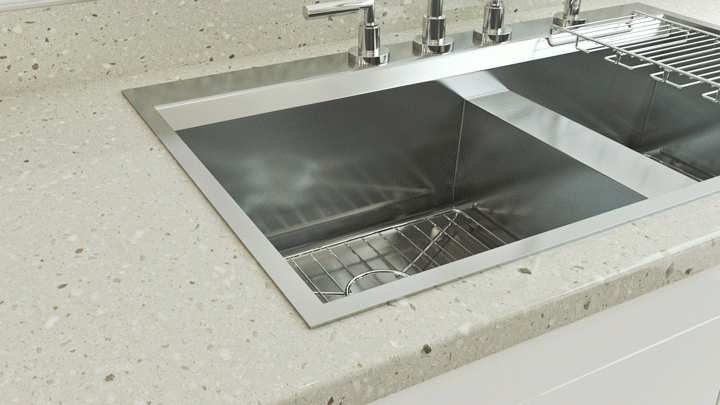
The rim is also essential because it's in some cases where the kitchen sink faucets and knobs are attached. Most products include lips with one or more holes through which these hardware elements are placed. A small number of sink products completely forego the mounting holes, which may be more convenient for undermount sinks which are attached to stone countertops to hid the rim.
Drains
What kind of sink drains should people choose? Although this feature isn't the flashiest or most high-profile, it plays a huge role in how useful the entire installation is. For instance, modern sinks with conical drains may be simpler to keep clean since the user can just scoop out dirt and debris.
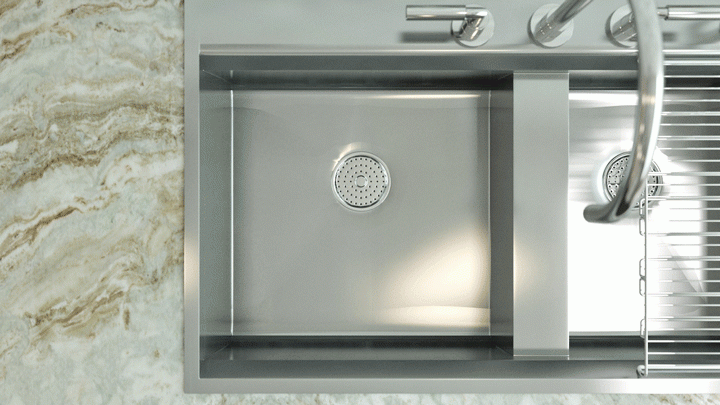
It's also good to think about drain placement. Not all models have drains located in their centers or directly beneath the kitchen sink faucets. Although this isn't a critical distinction, it can impact how easy it is to get work done, so it may be worth thinking about.
Remember that a drain is more than just a pipe that takes waste to some hidden location. Although most manufacturers stick to a few standard sizes and profiles, others offer their own exclusive products. Your choice might be incompatible with certain extras, such as custom strainers with stoppers, integrated tailpipes and other features. Before deciding on a sink, be sure that its drain is compatible with your plumbing and garbage disposal. Otherwise, you'll need to be willing to replace them too.
Key Considerations of Specific Models
What makes a perfect sink? The best options combine a range of features to help build an ideal kitchen layout. Here are the most important characteristics to understand
Size
Kitchen sink size listings usually state the width, height and depth of the basins. Since the kitchen sink faucets come separately, however, you'll need to account for them when you're determining how much space is needed. Some dual sinks include basins of different sizes and depths, but the majority also specify the size of the hole that needs to be cut and the width of the rim. In other words, be sure to use the correct dimensions when deciding whether there's enough room for a particular model.
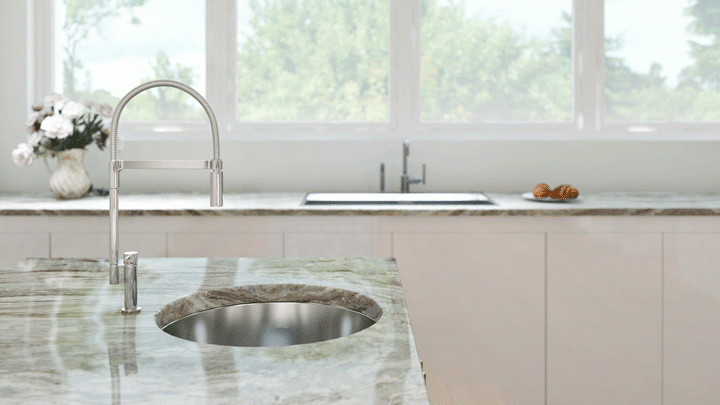
It's wise to leave a few inches of extra room on all sides. With the exception of apron-mounted models that extend past the edge of the counter, kitchen sinks work best when a small buffer zone surrounds them. These areas provide room for things like sponges and other odds and ends, but they also serve the vital role of ensuring that your placement doesn't overly weaken the countertop: Since the sink may require extra bracing or mounting hardware for proper installation, it's best to err on the side of caution.
Shape
Kitchen sinks are mostly square or circular. While this doesn't really seem like a lot of options at first, the subtle variations have a huge impact on the visual effect created by combining different kitchen sink faucets and sinks with your counter.

As a general rule, kitchen islands tend to look nicer when they're combined with sinks that have similar ratios of length to width. These combinations give off a planned appearance that can really tie things together. With longer counters that run alongside walls, it's easier to get away with more irregularity as long as the installation is done correctly.
Materials and Colors
The majority of homeowners go with stainless steel sink models. These fixtures are easy to clean and visually appealing, so their appeal isn't that hard to understand.
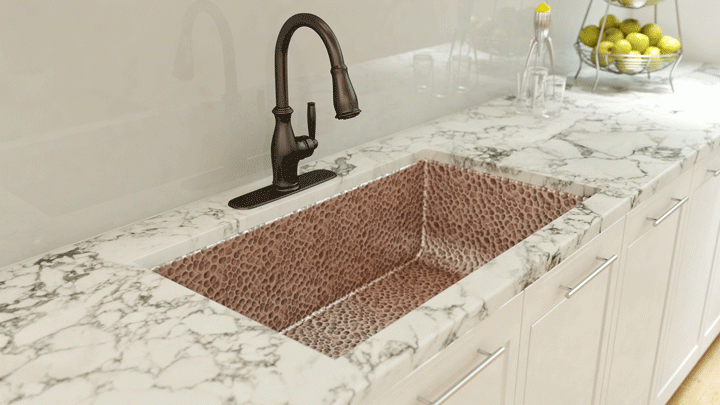
Fortunately for those who prefer doing things their own way, there's no design rule saying that every kitchen absolutely has to have a stainless-steel sink. From bronze to ceramics, there are a host of other options on the market, and they come in a vast array of finishes that make it simple to do something unique.
Is there a secret to picking the ideal material and color? Those who go with what their emotions tell them usually end up the most satisfied with the results, but there's nothing wrong with flexing your common sense either. For instance, if you're already way too busy to take on many more cleaning chores, then installing a fancy copper kitchen sink that demands regular polishing probably isn't the smartest idea. On the other hand, an enameled cast iron washbasin could offer a lower-effort way to produce the same aesthetic effect even though it would need a sturdier mount than a stainless-steel sink of the same dimensions.
Fixture Compatibility
Sink faucets come in a range of shapes and sizes. Although all a homeowner needs to work with their chosen faucet is a sink with the right number of appropriately sized holes, not every washbasin is going to be a perfect match for every fixture.
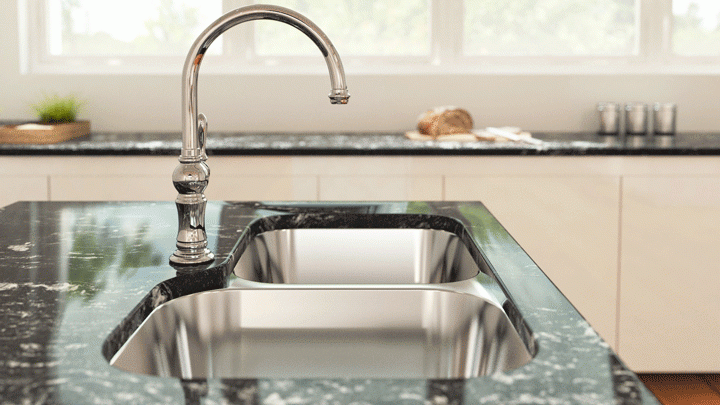
When picking sink faucets, it's okay to choose styles that provide visual contrast. For instance, the fact that your sink is an off-white color doesn't mean that the fittings have to be the same hue. In many kitchens, sink faucets whose colors match the nearby tiling or backsplashes make for highly attractive arrangements.
Ultimately, your sink faucets should be as functional as possible. For instance, dual-basin users commonly stick to sink faucets with hose attachments that make it more convenient to work.
[get_quote]
Functional Characteristics
Different manufacturers offer a variety of features designed to make their products more useful. For instance, some have low-rise rims that make it easier to clean up the counter by sweeping crumbs and dirt into the sink. Others include hidden sound absorbers that reduce the amount of noise that comes from washing dishes.
Some basin designs incorporate little ledges or shelves that make it easy to arrange wash basins, colanders and racks. Even better, a few options include these accessories as part of the whole package, so homeowners can create a custom kitchen where everything that they use on a regular basis just fits together.
Does your stainless-steel sink need extra bells and whistles? It really depends on your typical kitchen workflow. These add-ons can make everyday tasks a lot more convenient, so don't automatically discount them because they cost more. For instance, it may be tempting to try to save a few bucks by picking a sink that doesn't come packaged with its own installation hardware but having the right fittings on hand before getting started with the mounting process usually makes it easier to set things up successfully with a minimal amount of stress.
Mounting
Not all kitchen sinks are mounted the same way. Here are some of the most common types that you'll encounter out in the wild:
Drop-in Sinks:
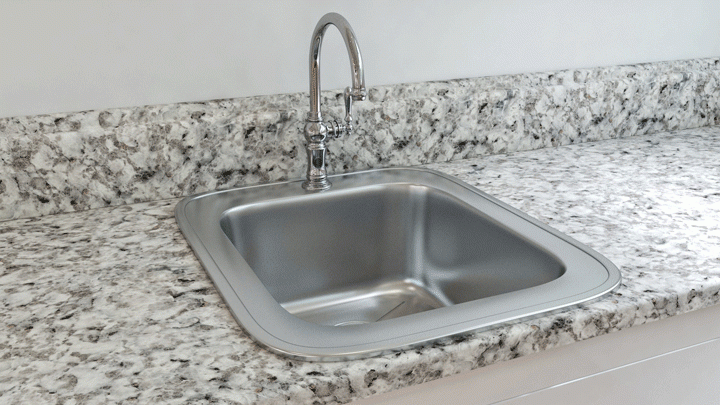
As the name suggests, a drop-in sink drops through a hole that's been cut into the countertop. The basin's side walls and upper sink rim cover the hole completely, producing a finished, clean look.
Drop-in sinks are among of the most common types because they're compatible with a broad range of kitchen styles and countertops. They're also one of the easiest to install: They simply slide into the cut hole before being fastened with anchors and sealed with caulk.
Under Mount Sinks:
Under mount sinks sit completely beneath the bottom surface of the countertop. This produces a sleek visual effect where the counter is uninterrupted by a protruding rim. Homeowners who have quartz, granite, marble and other variety of high-end stone countertops tend to like these sinks quite a lot because they show off nice clean edges.
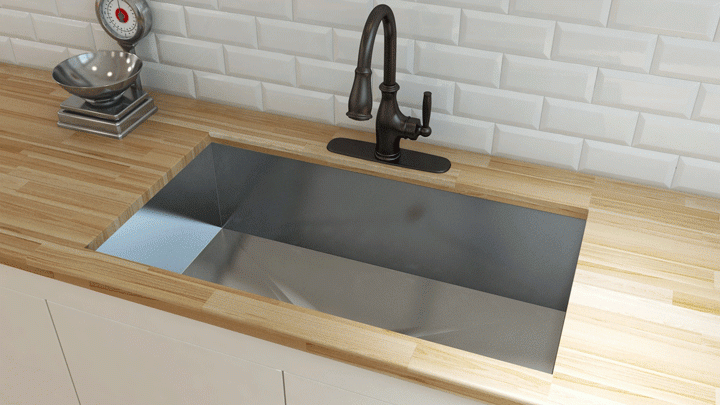
Under mount sinks demand special installation tricks to ensure that they don't come loose or damage the surrounding counter. Unlike top-mounted sinks, they can't hang from the upper countertop, so in addition to epoxy seals, they require screws, clips, straps or other mechanical fasteners. Since they also fail to cover up the hole in the countertop, they work best with granite and other types of stone: Cutting a hole in a laminate counter leaves an unfinished edge that's usually weak, unsightly and vulnerable to water damage, so it's best to use a drop-in for such kitchens.
Apron Sinks:
Apron, also known as farmhouse or farmer's, sinks are designed to include a frontal skirt that slightly protrudes from the sink cabinet. In olden days, these sinks were used to keep water from dripping onto wooden cabinets and causing damage or stains. Today's farmhouse sinks often come with larger basins that give the homeowner a bit more room to work with.
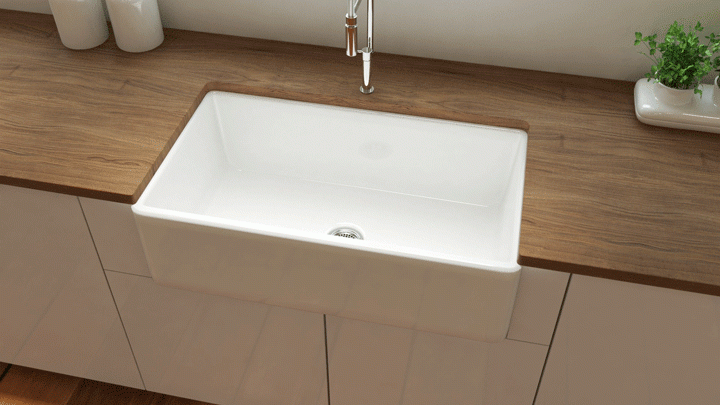
Farm sinks are also popular because they're incredibly stylish and rustic in appearance. The apron is an attractive addition to modern kitchens, and it offers a comfy place to rest your hands and arms while you're keeping things spic and span. On the other hand, the apron makes the sink heavier, so installers need to create special supports to ensure that the counter can actually bear the added weight. The presence of the apron also means that it may be necessary to modify the cabinet itself to make room.
[get_quote]
Making a Final Selection
Feeling confused about the details? For most homeowners, making a decision about these distinctions comes down to personal preference and usability.
Almost all kitchen sink products include detailed descriptions of the key qualities that distinguish them from other options. Homeowners in search of new hardware would do well to read the pamphlets and brochures that come with their sinks. Being as thorough as possible when doing your research is the best way to avoid mistakes, such as picking a stainless-steel sink that doesn't fit within the amount of space that your kitchen has available.
Kitchen design is really about selecting something that tickles your fancy. Instead of basing your choice on what some salesperson or home magazine says looks good, listen to your own feelings about each option first and foremost. There's no accounting for the uniqueness of people's individual tastes, so don't waste time trying to conform to them. After narrowing down the field to a few top options, choose whichever matches your personal style and makes your kitchen easy to use.













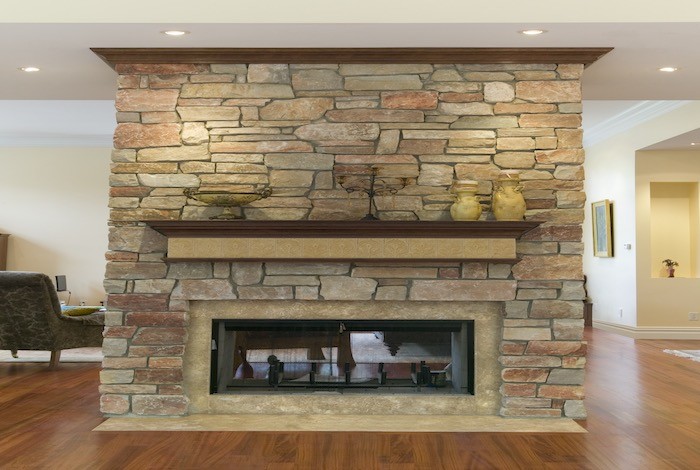
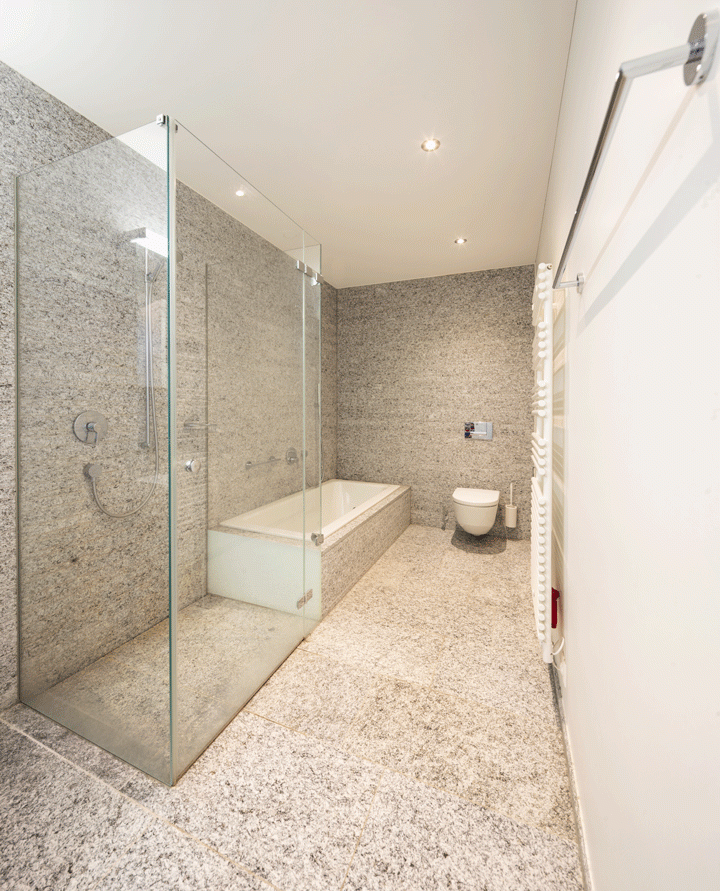
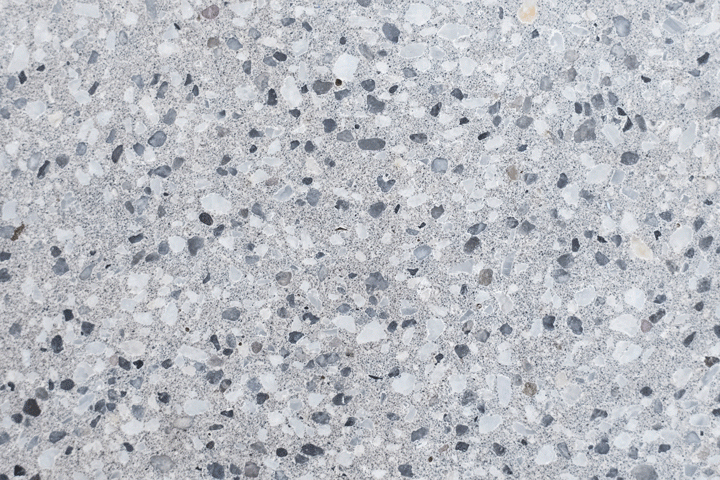
 The article helped me immensely
The article helped me immensely
 I’m now more informed on the subject
I’m now more informed on the subject
 I have questions about Marble.com
I have questions about Marble.com
 The article was not accurate at all
The article was not accurate at all
 There is a serious lack of information
There is a serious lack of information
 I have questions about Marble.com
I have questions about Marble.com